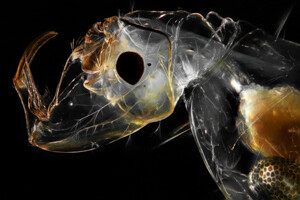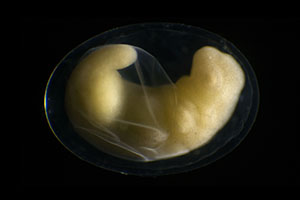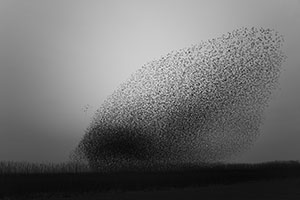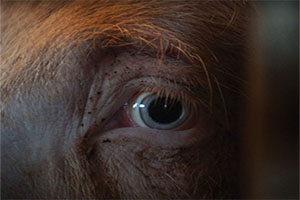A short 1 minute sequence of my plankton footage has been screened in the Ocean episode of BBC Planet Earth III. The series is narrated by Sir David Attenborough and I feel very thankful and honoured to be part of this groundbreaking series!
Many thanks to producer / director Will Ridgeon and his team.
First broadcast: Sunday 29th October 2023, 18:20 (UK time) on BBC One.
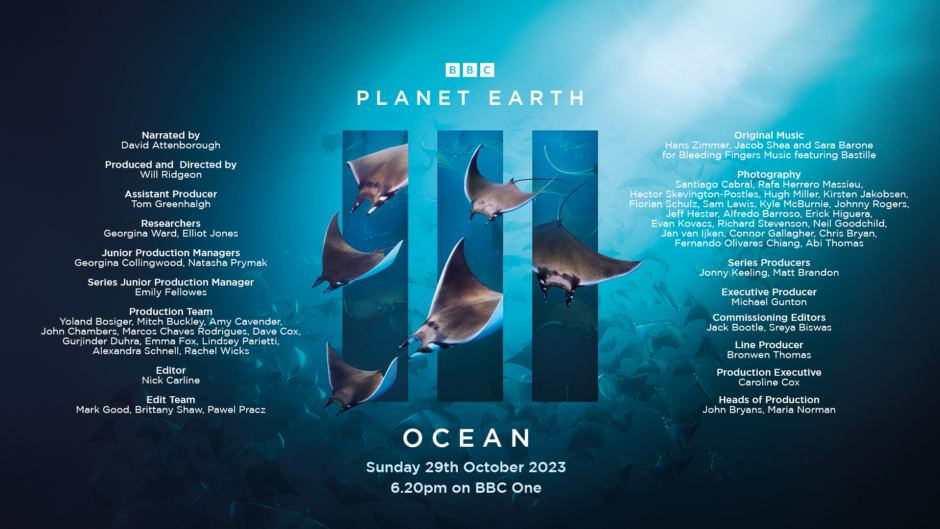
Our home – thrilling, mind-blowing, and full of hope. David Attenborough shares amazing stories of the wonders of the planet. There’s always more to discover.
https://www.bbc.co.uk/programmes/articles/5mkz46vC74JXyMq4F1rMsP7/plankton-an-unseen-universe
The ocean covers two thirds of the planet and is home to 80% of all animal life, yet much of it remains unexplored. In this episode, we join David Attenborough on a journey through the vast and changing ocean to reveal the extraordinary behaviours and remarkable adaptations required for life to survive here.
For life beneath the surface, the ocean can be a battlefield. In the shallow seas of the tropics a lionfish is fatally ensnared by a shrimp-like lure, seductively dangled from the head of a cunning clown frogfish. In the giant kelp forests off North America, a young horn shark is ambushed and swallowed whole by an angel shark – which may have bitten off more than it can chew – and out in the empty big blue, flying fish search for floating seaweed to lay their eggs but end up attracting the attention of hungry blue sharks.
Today, islands of seaweed are being replaced by plastic – every year 12 million tons of it ends up in the ocean. It is lethal to many (and the crew had to rescue many entangled turtles while filming), but Columbus crabs are making a home on these unnatural rafts. The crabs, however, are poor swimmers, so to find a mate, they must hitch a lift. Passing turtles can help and in fact provide a permanent home for a pair of crabs – in return the crabs provide an onboard grooming service. The relationship that works so well, these turtles are often joined by a pair of crabs.
Finding a partner in the ocean is not always this easy. In the Sea of Cortez, mobula rays perform astounding, acrobatic leaps that appear to attract other rays – but the performance also attracts a family of specialist ray-hunting orca that have a unique hunting strategy.
The least known parts of the ocean are its great depths, which can only be reached using specialised submersibles. As we descend and sunlight fades, alien-like creatures appear, including a massive siphonophore – the longest animal on planet earth; and a gulper eel with huge jaws that can engulf prey larger than its own body.
Two miles below the surface, we reach the ocean floor where the pressure is crushing and the temperature is freezing cold . A mother octopus heads to a special place where warm water escaping from the seabed creates a thermal spa. Here she joins twenty thousand female octopus, all here to raise their eggs – the largest known gathering of octopus on planet earth.* It will take two years for their eggs to develop and in that time these devoted mothers will not even leave them to feed. An extreme effort after which they will die, but meaning their young are the most developed of any octopus – vital in the demanding world of the deep.
In today’s ocean, animals are having to compete with humans. But some are learning to take advantage. Off the coast of Chile, thousands of South American sea lions raid fishermen’s nets – but it comes with a huge risk. As the net is drawn in, the sea lions must get out quickly or risk being crushed and drowned.
Animals have evolved in remarkable ways to the demands of life in the ocean. But can they now adapt to the new challenge… living alongside us?


































